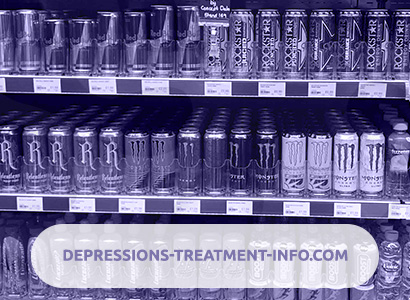
There are many Energy Products: drinks, herbs, bars and even sweets. But are these products really effective?
If the names of modern energy products do not lie, energy and endurance can be obtained already in ready-made form in bars, drinks, jelly, herbs and additives.
PowerBar. Red Bull. Amp. Gatorade. Accelerade. Super Energizer. Energice. Burn
Well, the titles really sound reassuring. But are they really better than a simple candy or a bottle of soda? It depends on the product and its manufacturer, say experts, who note that with such a variety of goods it is difficult to have a clear idea of each of them.
To get the full picture, we studied different types of energy products, their ingredients and the overall effect on the body. Some products provide complete information on the content of nutrients in them, while others carefully hide the secret of manufacture. But many of these products have simply not been studied.
Also we asked the experts, do these products actually add something useful to our lives? Do we all have a hard time in life, suffering from a shortage of energy – a problem that can be solved with the help of one powerful bar? Or obsession with edible energy has little to do with good nutrition?
Energy Bars and Jelly
Energy bars and other sweet foods are not all the same. Some of them are stuffed with carbohydrates, proteins or fats. Others are enriched with vitamins or minerals. Flavors are also very much, with cakes and cream, cappuccino, lemon seeds and sweet chocolate and raspberry, which appeal to the taste buds in our language.
Energy products are extremely expensive compared to what you get in the end. In their ingredients, there is nothing magical. The same nutrients can be found in bananas, yogurt or a chocolate bar, which are less expensive products.
To be honest, the carbohydrate or protein composition of some energy bars and jelly can give a more significant energy boost than products that mostly use sugar and caffeine. The inflow of energy caused by the consumption of sugar, usually lasts about 30-60 minutes, and caffeine – about 2 hours. This is usually followed by a decline in energy.
Energy bars and jelly, rich in carbohydrates, really give a charge of energy, since carbohydrates are a favorite source of energy in the body. The ideal option is when half the carbohydrates are consumed along with the fiber, since the digestion of coarse food takes more time, which for a long time charges the body with energy. This can especially help people who need stamina. Foods rich in proteins can also provide a rush of strength and energy. Nutrients help to increase muscle mass and regulate energy production in the body.
But bars and sweets are not a substitute for normal food. Energy products are artificial products. In artificial products there is not enough use of natural components – chemicals that are not vitamins or minerals, they are phytochemicals that are useful for health.
Phytochemicals are natural plant components, such as carotenoids, which give fruits and vegetables color, soy isoflavones and polyphenols from tea. They are associated with many processes, from the destruction of viruses and ending with a decrease in cholesterol and memory improvement.
It would be better if people ate a sandwich or fruit instead of these PowerBar bars. So you get whole grains of bread, squirrels – from the contents of a sandwich – depending on whether it’s meat, fish or cheese – and fiber from fruit.
Add a glass of low-fat milk, and you will also get calcium, vitamin D and minerals that are found in dairy products and help strengthen bones.
Other healthy foods include yoghurt, lentil cheese, nuts, ready-to-eat cereals, peanut butter, toast, fruit drinks and fruits such as bananas, grapes, apples and nectarines.
In a situation where there is no other choice but snacks and fast food, energy bars can be a more useful alternative, but they still can not replace a full meal.
Energy products can be useful for physically active people. Energy bars and jellies can satisfy the need for an energy supply of people who regularly engage in sports. Bars can be a convenient, appetizing and thought-out solution for some athletes. Low-active people, on the other hand, will not benefit from high-calorie foods.
To determine if you are suited to energy sweets, think about the needs of your body. Are you physically active? Do you lead a sedentary lifestyle? Then, compare the composition of different products. Pay attention to the number of calories, proteins, carbohydrates, fiber, fat, vitamins and minerals.
Sports, Vitamin and Energy Drinks
The thirst for energy has opened up a wide market for various drinks. Sports drinks, energy cocktails and vitaminized liquids offer a wide variety.
Sports drinks such as Gatorade and Powerade are usually not even better than water, experts say, but some people allow them to consume a sufficient amount of liquid. They can have different flavors and be of different colors.
“If, thanks to sports drinks, you drink more than if you had to drink plain water, then perhaps this is a good choice for you,” says Moore, noting the importance of sufficient fluid intake. Sports drinks usually contain water, which is necessary for the production of energy and the proper functioning of the body. The amount of liquid used must depend on the individual level of activity and the environment.
A possible disadvantage of sports drinks is that they contain calories, while water does not contain calories. This can be an important observation for those who are experiencing because of their weight.
Many energy drinks also contain soda and other electrolytes, which compensate for the loss of minerals through sweat. Replacement of electrolytes is important for physically active people and for those who must work in hot and humid areas.
Most people who lead a sedentary lifestyle do not need electrolyte replacement at all. They just need to consume enough fluids, and this can be achieved with water and juice.
Some sports, vitamin and energy drinks also contain substances such as caffeine, chromium, amino acids and various patented mixtures.
It is known that caffeine improves the reaction of athletes, but it can also have undesirable effects such as addiction, anxiety and rapid heartbeat.
Chromium is an important mineral that can help control blood sugar levels, increasing sensitivity to insulin. Controlling the level of sugar in the blood can regulate energy. This mineral can be found in beef, broccoli, ham, grape juice and bananas.
Amino acids are a constituent element of proteins, and they can be found in meat, cheese, soy, nuts and fish. Manufacturers of sports drink Cytomax combined amino acids with non-acid form of lactic acid. The result is an alpha L-polylactate product, a beverage ingredient that should provide us with constant energy and reduce fatigue from endurance exercises. For this reason, such beverages are more suitable for athletes, and not for people engaged in ordinary daily activities.
Some vitamin and energy drinks consist of so-called patent mixtures that sound mysterious. Marketers focus on the aura of secrecy in order to sell their products. But in fact there is no magic formula.
If you look at the contents of energy drinks such as Red Bull, Red Stallion and Sobe Adrenaline Rush, you will see that the most common ingredients are inositol and taurine. They do not have any special properties of energy strengthen our body gets so inositol and taurine from the foods that we eat. Inositol is a chemical substance found in foods such as beans, brown rice and corn. Taurine is an amino acid that enters the body from animal sources.
Herbs and Supplements
Many energy products contain herbs that are supposedly giving people extra energy. Popular herbs include ginseng, guarana, Paraguayan holly, golden root and cordyceps mushrooms. They are also available in the form of additives.
How effective are they in raising energy? In general, the evidence varies from suggestive (some small studies indicate their usefulness) to contradictory (the results of different studies differ) and nonexistent (no studies have been conducted).
Among the herbs used as power engineers, ginseng has probably been studied most, but the results of the study are contradictory. In addition, there are different types of ginseng, and scientists do not always know what kind of species they are studying.
Asian ginseng, also known as ginseng panax, is known as a stimulant and has long been used to increase energy. The Asian species has a reputation for aphrodisiac for men, which is also used to improve athletic performance.
American ginseng, on the other hand, is used more as a tonic and over time strengthens the immune system.
Herbs of guarana and holly Paraguay are rich sources of caffeine. They stimulate the central nervous system, much like coffee. Caffeine can improve brain reaction and probably contribute to weight loss.
The golden root was used in Sweden and Denmark as a remedy for fatigue. There is evidence that it improves aspects of mental and physical activity, but apart from that, we know little about this herb.
Golden root is often combined with mushrooms Cordyceps, another grass that has been little studied by scientists. Cordyceps fungi on their own and the combined formula of cordyceps and the golden root were tested for their effect on athletic performance, and the results were contradictory.
Mushrooms Cordyceps bring certain benefits. It gives energy to older people, exhausted by age or illnesses, and young athletes who need to improve their athletic performance.
If you are thinking about using herbs or supplements, it is better to first consult with your doctor. Some plant components, no matter how natural they are, can react with medications and have an adverse effect.
Asian ginseng, for example, can increase blood pressure in those who are prone to hypertension, a recent study shows that this herb reduces the effect of Koudamine (anticoagulant) and other medications. There are also reports that holly Paraguayan, used in large quantities or a long period, can cause cancer of the gastrointestinal tract.
Remember that herbs are considered useful until their harm is proven. They are regulated more as products than as medicines. The dietary supplement of ephedra used for weight loss or in sports is one example of a plant component that has been excluded from the market after numerous deaths and injuries.
The conclusion about energy products
Energy bars, herbs and supplements can be useful in some cases, but they are not absolutely reliable tools for fatigue. And do not think that any of these funds are useful by nature. If you just sit at home, you do not need a high-energy energy bar, just like you do not have to worry about your electrolyte balance. According to experts, you just need to concentrate on a well-balanced diet.
While you eat a variety of foods – in the spirit of the food pyramid – you can meet all your nutritional needs. While you are doing this, your body will be able to perfectly perform all its functions regarding the transformation of food into fuel.
If a healthy diet does not satisfy your need for energy, check if you get enough sleep, do exercises and often experience stress in your life. These factors, plus diseases and medications, can affect the level of energy.

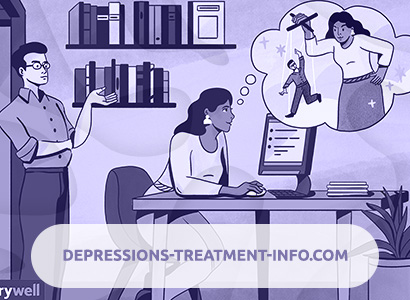
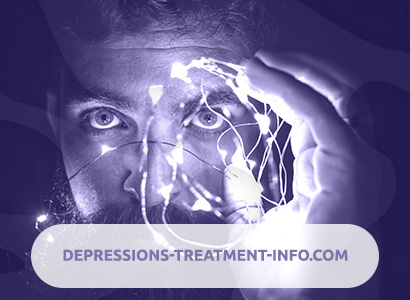

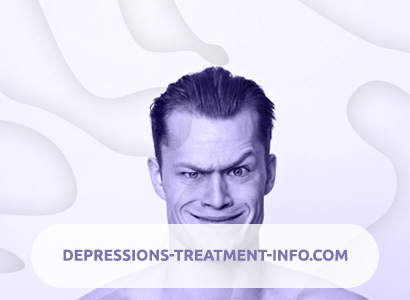 What is Chronic Motor or Vocal Tic Disorder?
What is Chronic Motor or Vocal Tic Disorder?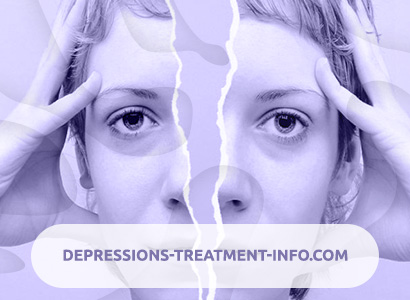 Causes of Schizoid Personality Disorder
Causes of Schizoid Personality Disorder What is Schizotypal Disorder?
What is Schizotypal Disorder?
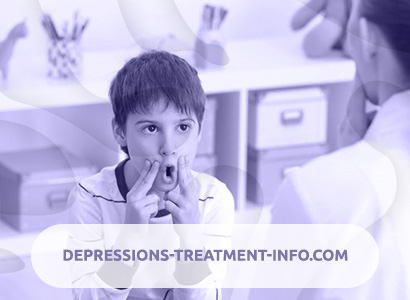
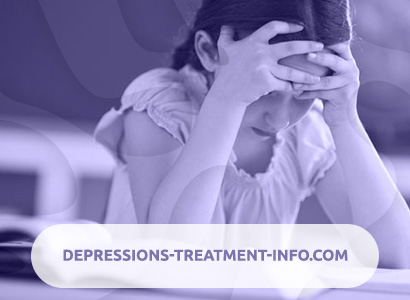 What are School-specific Developmental Disorders?
What are School-specific Developmental Disorders?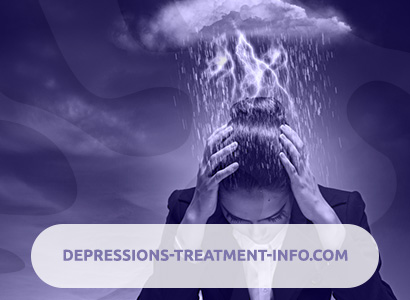 What are Specific Personality Disorders?
What are Specific Personality Disorders?